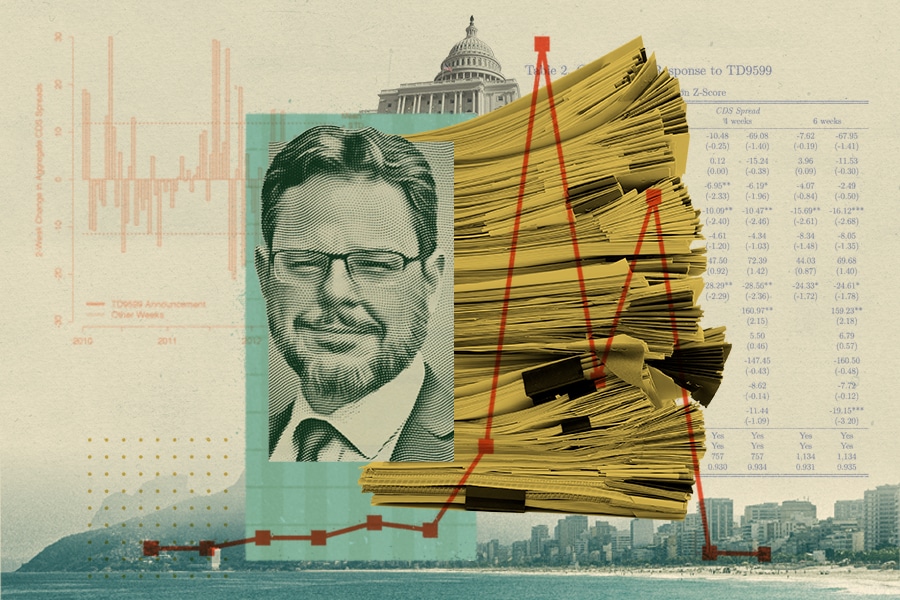News

Robert Knechel receives third honorary doctorate
Knechel, Distinguished Professor and Frederick E. Fisher Eminent Scholar in the University of Florida Fisher School of Accounting, is the recipient of an honorary doctorate from Aalto University in Finland.

Warrington sales team wins second place in international competition
Natalie Ehrenwerth, Blaise Rastorfer, Lindsey Davis, Austin Mendillo, Carter Pauley and Jackson Gregory won 2nd place at a sales competition.

Kenny Cheng named AIS Fellow Award Recipient
Kenny Cheng received the AIS Fellow award for his outstanding contributions to the information systems discipline.

Why companies benefit from listing products on marketplaces like Amazon, even without making sales
New University of Florida research reveals how maintaining a marketplace presence gives suppliers strategic leverage with retail giants like Amazon and Walmart.
All News

Faculty & Research

Academics & Students
Alumni
Rankings
In the news
Sarasota Herald-Tribune
Sarasota’s Trump Media offers crypto rewards to shareholders | Tao Li
January 6, 2026


























